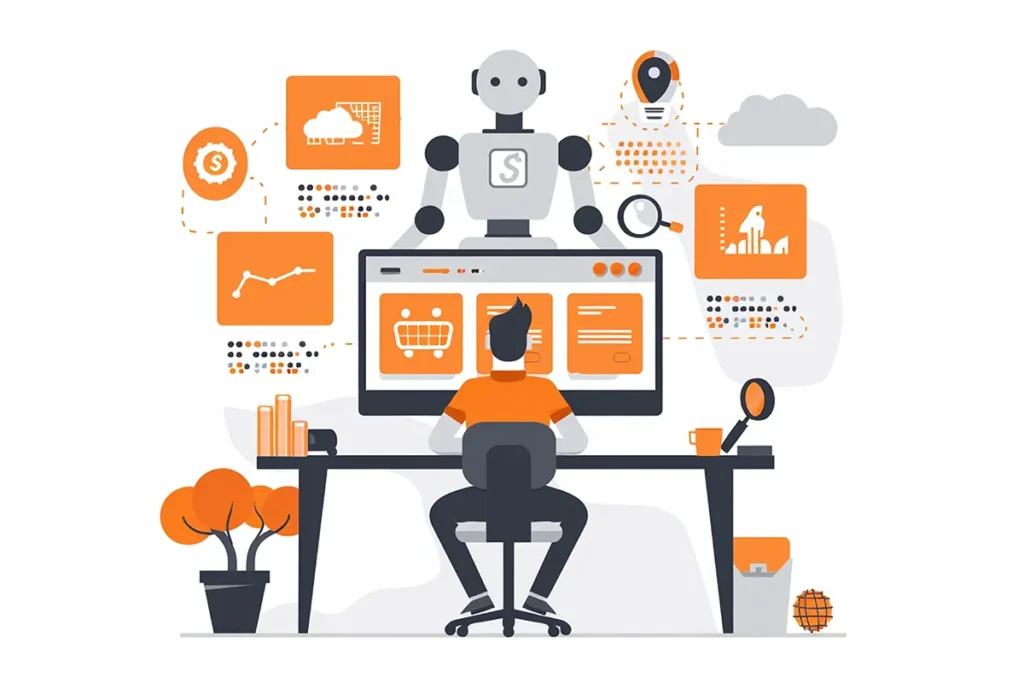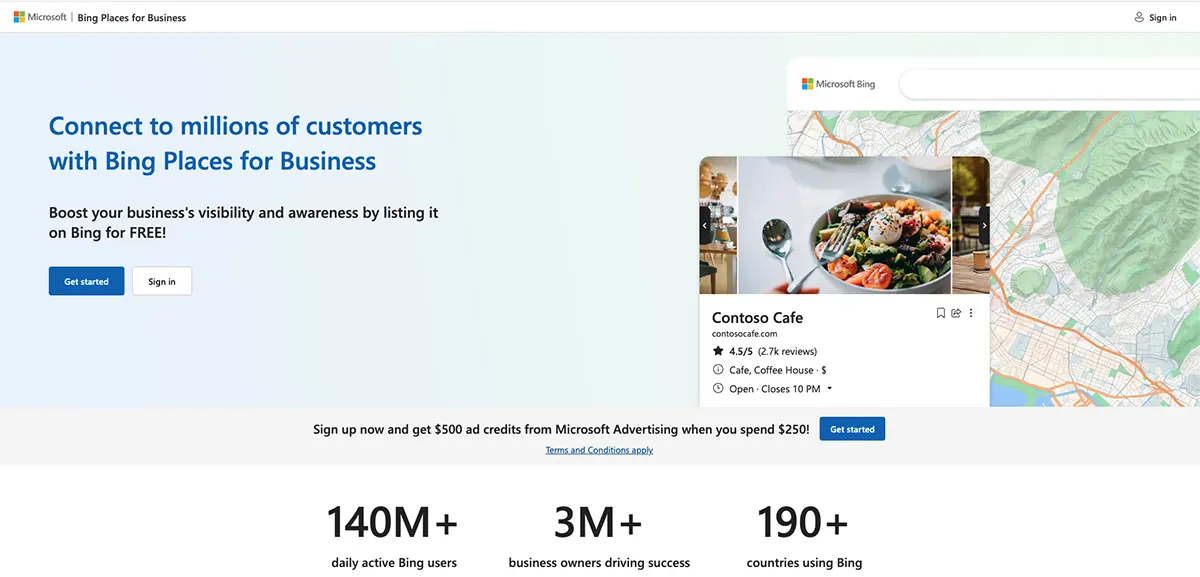Table of Contents
The Future of SEO Is Already Here
Search engine optimization (SEO) is no longer just about keywords and backlinks. In 2025, the game has evolved — and AI is leading the transformation. With the rise of tools like ChatGPT, Google’s Search Generative Experience (SGE), and answer engines like Perplexity AI, businesses must rethink how they structure and optimize content.
At FOG Digital Marketing, we’re not just watching this evolution — we’re helping clients stay ahead of it.
In this guide, we’ll break down:
What AI-driven SEO actually means
The difference between Generative SEO and Answer Engine Optimization (AEO)
How you can future-proof your strategy
Tools, tips, and actionable steps for real growth
Let’s get started.
What Is AI-Driven SEO?
AI-driven SEO refers to strategies that use artificial intelligence to optimize websites for both traditional search engines and emerging AI-powered platforms. This includes:
Using AI tools to generate SEO-optimized content
Structuring data for answer engines
Understanding how AI interprets content intent and context
Optimizing for Search Generative Experience (SGE) results
It’s not just about content creation — it’s about alignment with how search is changing.
Why Generative & Answer Engine Optimization Matters
1. The Rise of Google’s SGE
Google’s SGE uses AI to generate summaries and answers above traditional results. These generative snippets pull from various sources and aim to provide instant solutions.
That means:
Ranking #1 might not be the top visible result anymore
You need structured, trusted, AI-readable content
Google’s Official SGE Overview
2. Answer Engines Are a New Threat
Tools like Perplexity.ai, You.com, and even ChatGPT with browsing are being used as search engines. These platforms don’t show 10 blue links — they summarize, cite, and answer directly.
Your business needs to:
Structure data with schema markup
Create clear, concise, expert-level answers
Establish authority and credibility with E-E-A-T signals
Generative SEO vs. Answer Engine Optimization (AEO)
| Aspect | Generative SEO | Answer Engine Optimization (AEO) |
|---|---|---|
| Platform Focus | Google SGE, Bing AI, AI-generated snippets | Perplexity.ai, ChatGPT, You.com |
| Content Style | Rich, structured, multi-format | Direct, concise, factual |
| Optimization Tactics | Featured snippets, long-form content, links | FAQs, schema, source citations |
| Ranking Signals | Engagement, link authority, freshness | Trust, clarity, direct answers |
| Technical Needs | Internal linking, SEO best practices | Structured data, NLP-readable format |
E-E-A-T: Still Critical in the Age of AI
AI doesn’t replace Google’s quality guidelines — it amplifies them. Experience, Expertise, Authoritativeness, and Trustworthiness (E-E-A-T) are more important than ever.
To signal E-E-A-T for generative and answer engines:
Show authorship and credentials
Include testimonials or case studies
Link to reputable external sources
Use real data and stats, not fluff
Client Example:
Our client MyProMeals.com grew their national traffic by optimizing content with structured FAQs, expert bios, and keyword-rich blog posts — all readable by both Google and AI bots.
Technical SEO for AI Visibility
Here’s how to ensure your content is machine-readable:
Implement FAQ and HowTo Schema
Tools like RankMath and Yoast make this simple.Use Tables, Bullet Points, and Clear Formatting
AI engines scan for skimmable structures.Add Author Schema & Publishing Dates
Boosts trust and shows recency.Optimize Site Speed and Mobile UX
AI crawlers prefer fast-loading, responsive pages.Submit Updated Sitemaps
Keep Google and Bing informed with real-time indexing.
Creating AI-Ready Content: Best Practices
To compete in the AI search era, follow these content rules:
1. Start With the Question
Use actual queries in your H2s:
Example: “What Is AI-Driven SEO and Why Does It Matter?”
2. Give the Short Answer First
Put your TL;DR at the top. Summarize before expanding.
3. Add Supporting Data
Back up your points with data, charts, or links to reliable sources.
4. Cite & Source Clearly
AI scrapes for citations. Use structured links and named sources.
5. Update Content Regularly
AI platforms value freshness. Refresh your blogs every 3–6 months.
Tools to Support AI SEO
Here are tools to stay ahead:
Surfer SEO – NLP-driven content editor
ChatGPT-4 / Claude 3 – Create outlines or draft optimized copy
Schema.org Validator – Test your structured data
AnswerThePublic – Discover question-based queries
SEMRush or Ahrefs – Keyword and competitor research
Final Thoughts: The Shift Has Already Happened
If you’re waiting for AI to take over search — you’re already behind. The shift to AI-driven SEO and answer-based search is here, and it’s growing fast.
Businesses that adapt now will have a major advantage in 2025 and beyond. Those that rely on outdated SEO tactics will slowly fade from the top of results — and miss the customers who are searching differently.
At FOG Digital Marketing, we help businesses prepare for the future of SEO by building real content strategies — for Google, Bing, and AI engines alike.
Is Your SEO Strategy Ready for AI?
Work with an agency that doesn’t just keep up — but leads. Let’s build an SEO plan that works across platforms, devices, and AI engines.
Our Blog
Digital Marketing Insights
How to Remove Google Reviews (And What You Can Do When You Can’t)
How to Remove Google Reviews (And What You Can Do When You Can’t) November 20, 2025 SEO Table of Contents Why Google Reviews Matter (Even the Bad Ones)...
Is My Website AI-Search Ready?
Is My Website AI-Search Ready? November 14, 2025 SEO Table of Contents Why AI Search Matters Now Search is evolving — again.With the rise of Google’s AI Overviews,...
Why Bing Still Matters (And What You’re Missing Without It)
Why Bing Still Matters (And What You’re Missing Without It) November 3, 2025 SEO Table of Contents Don’t Sleep on Bing When most people think of SEO, they...
Ready to take the next step?
Contact us today to see how we can make digital marketing work for your business.





